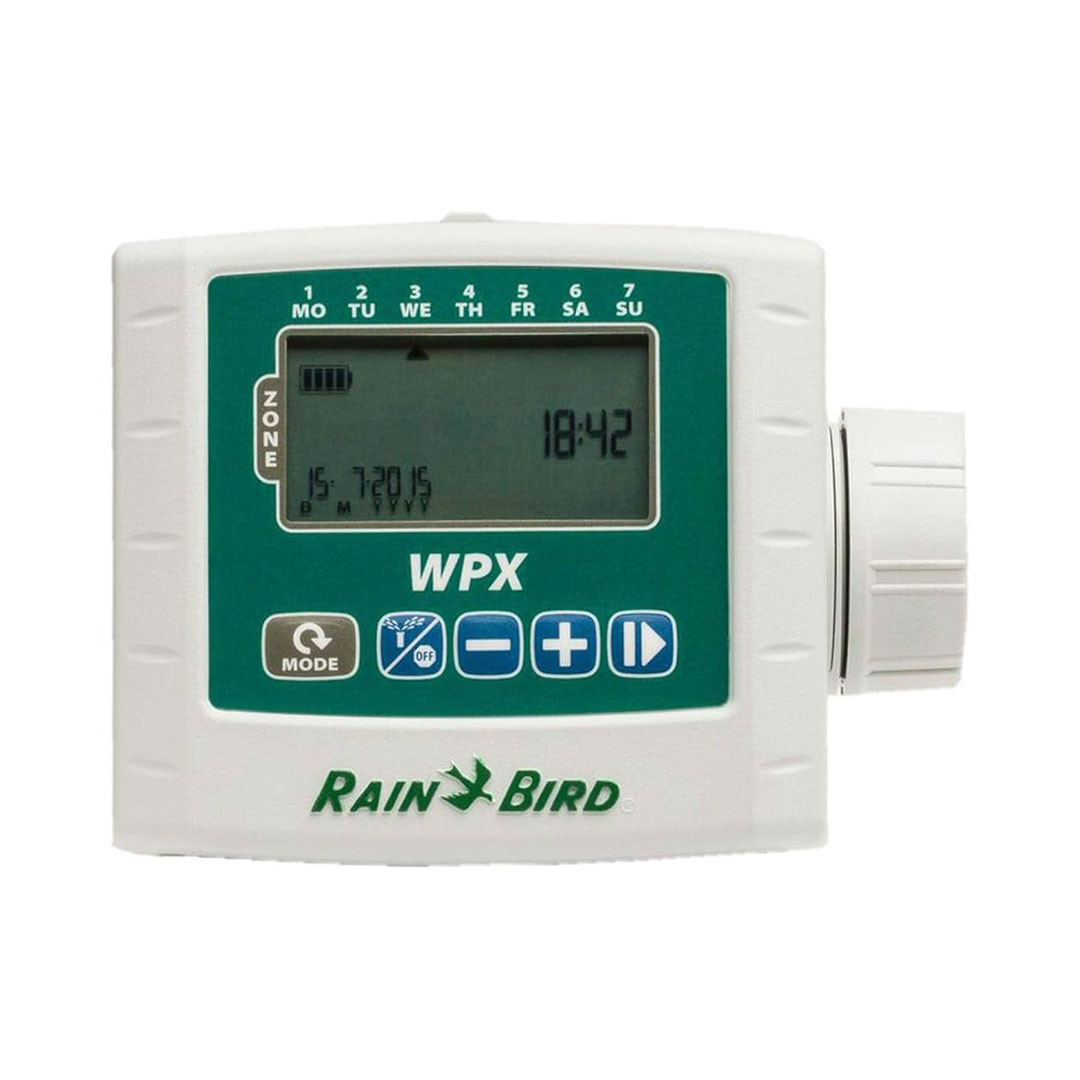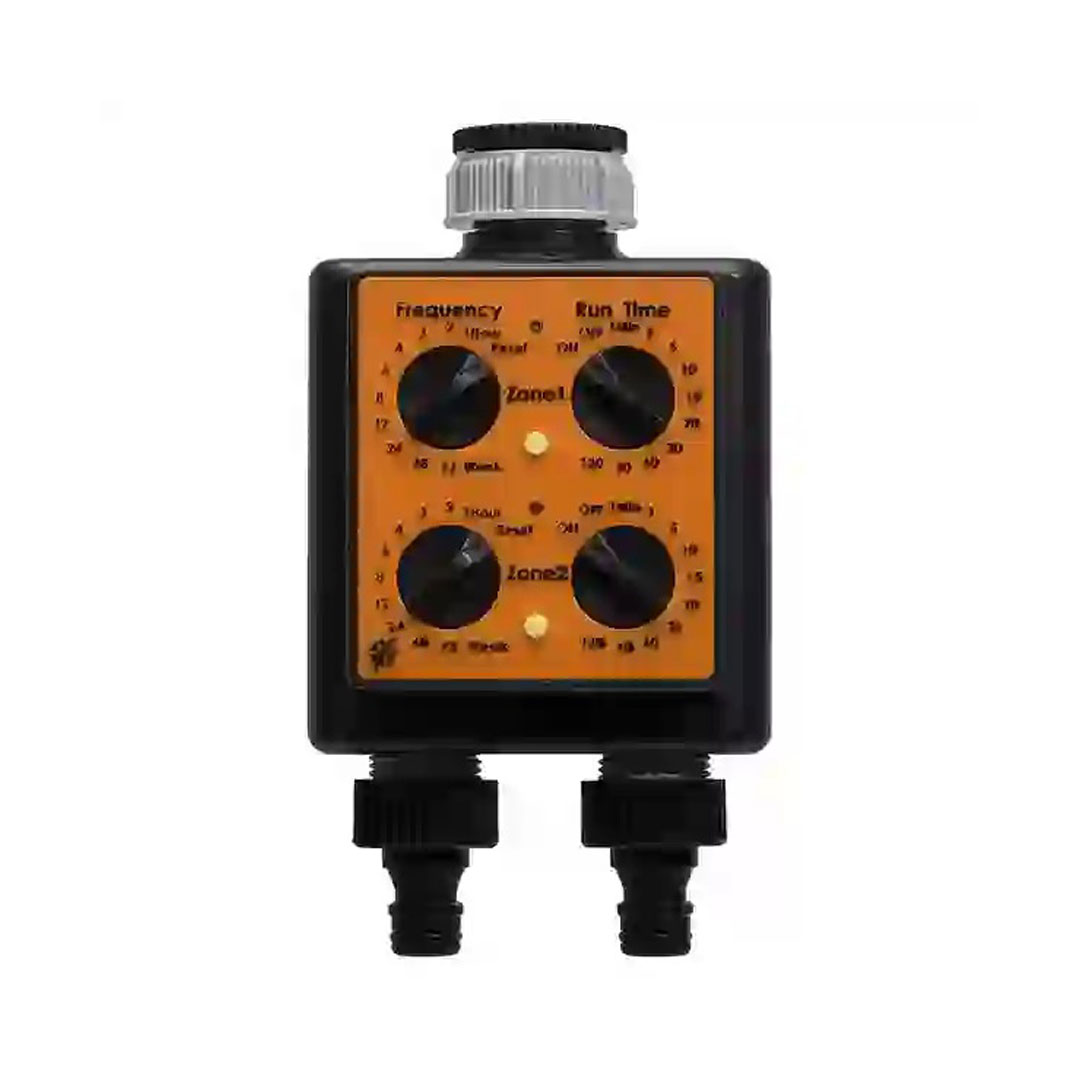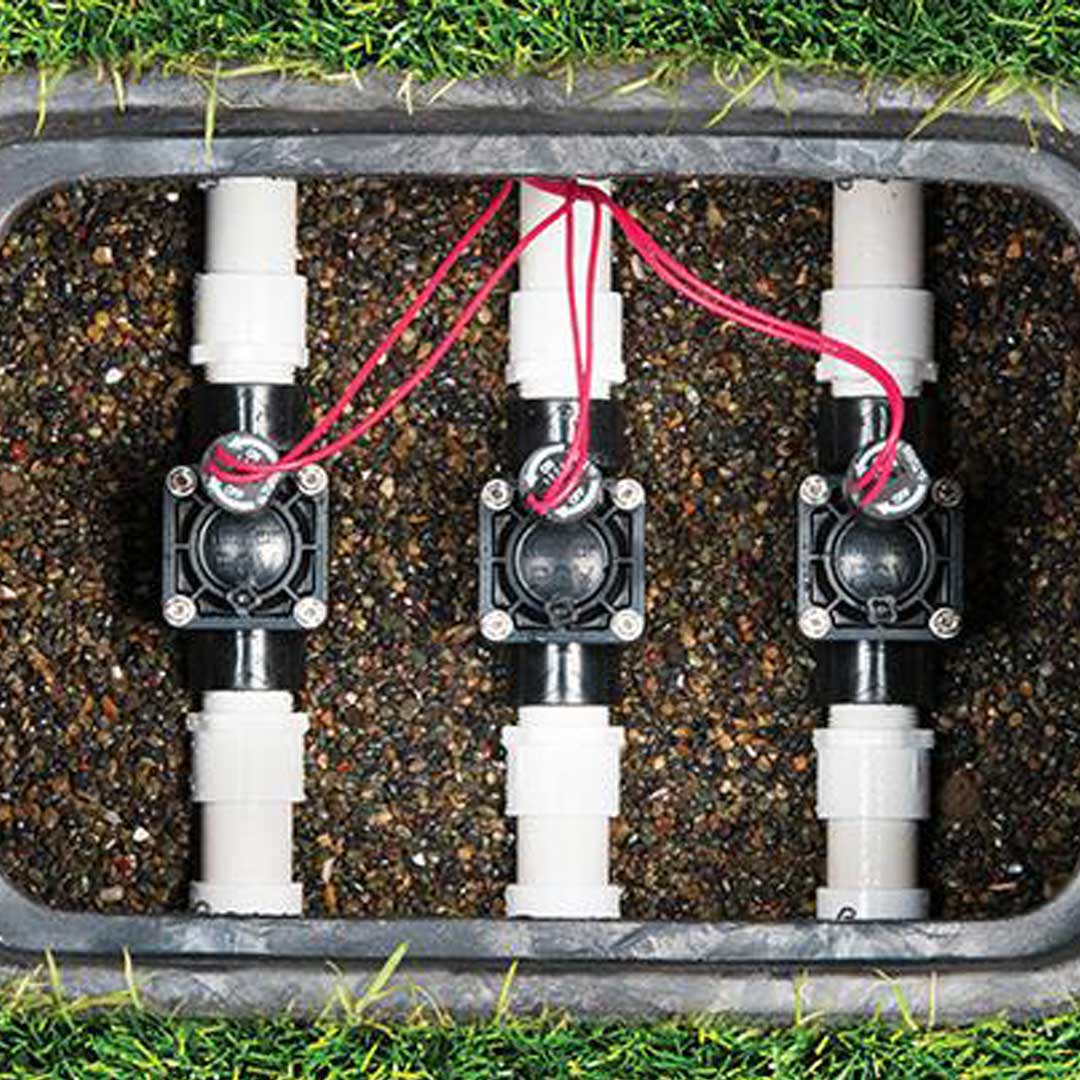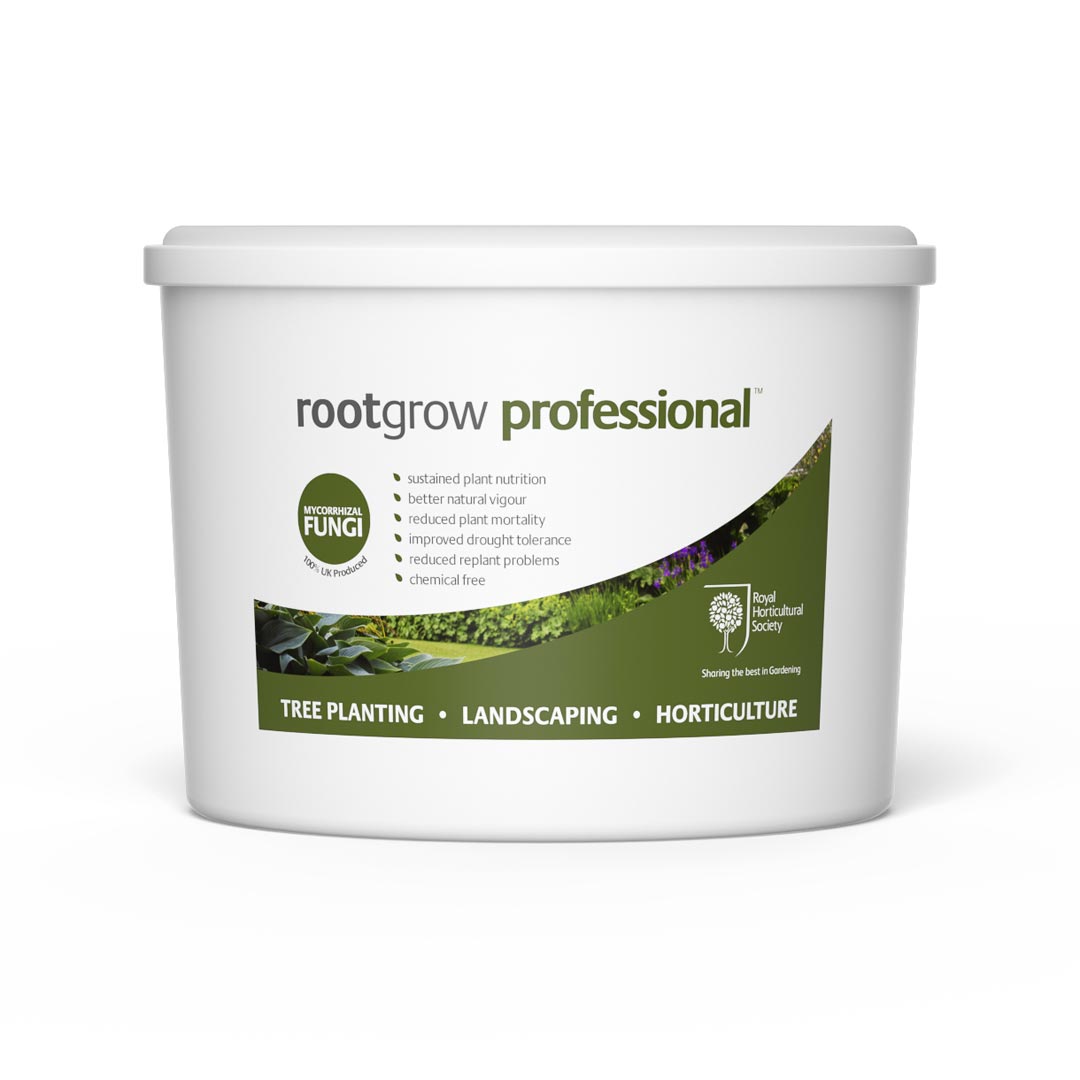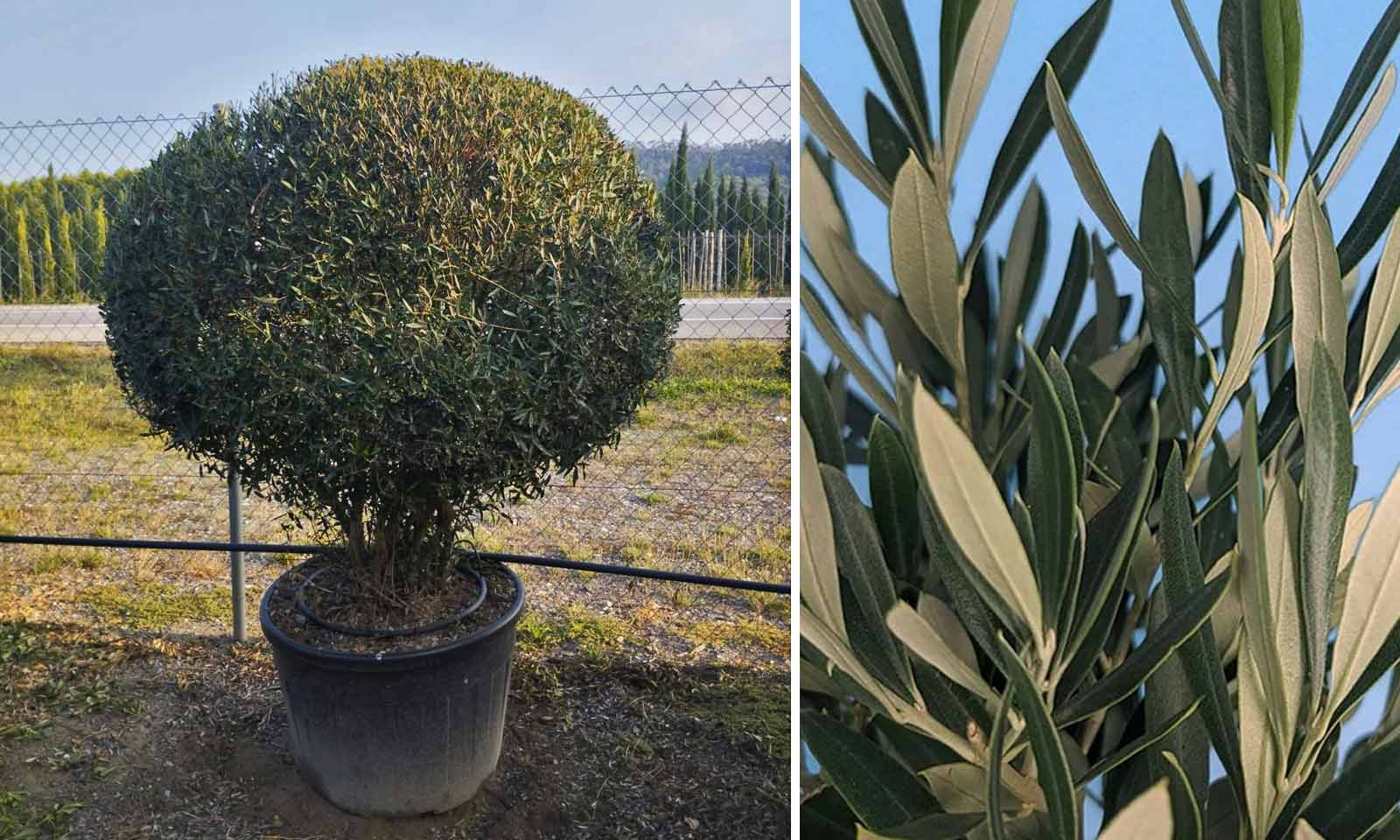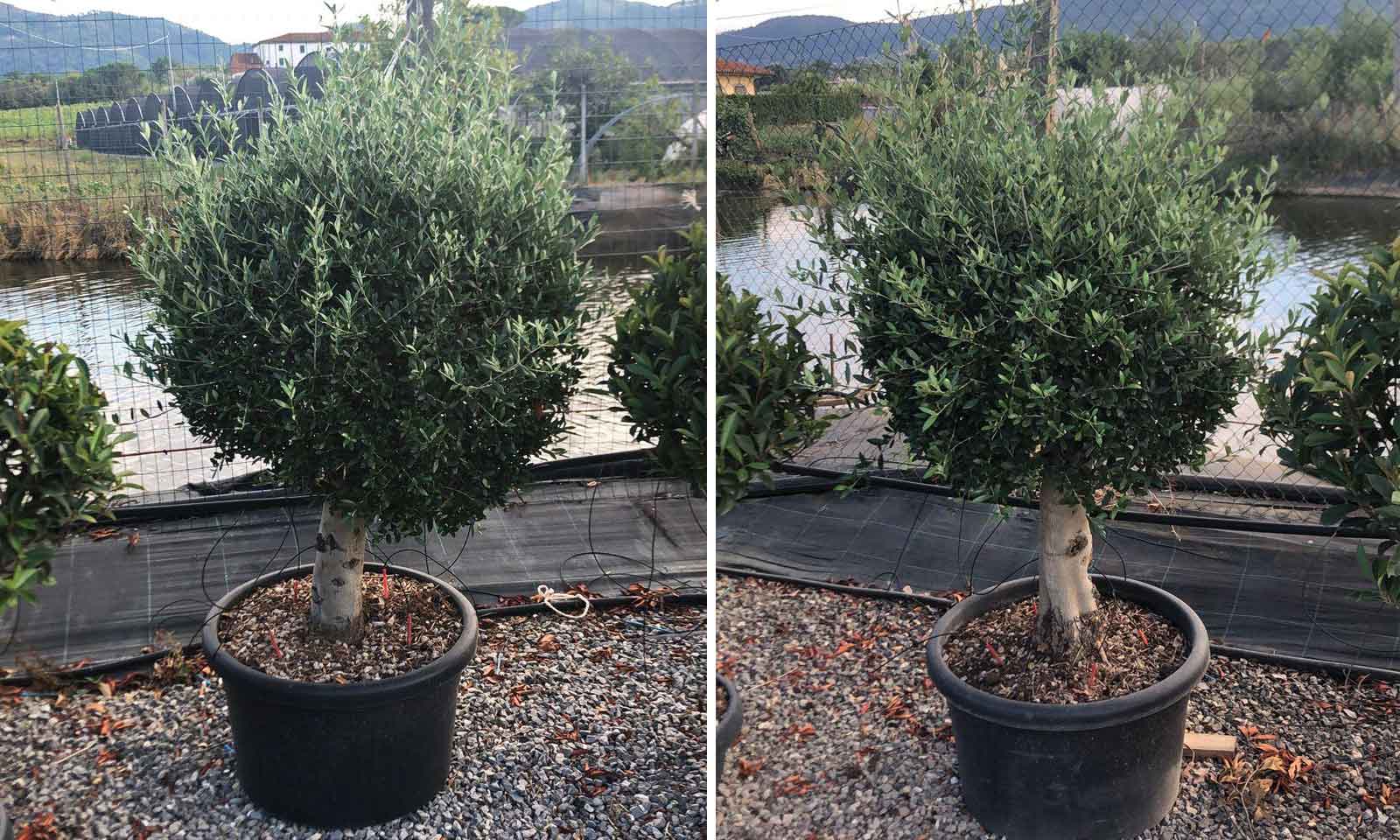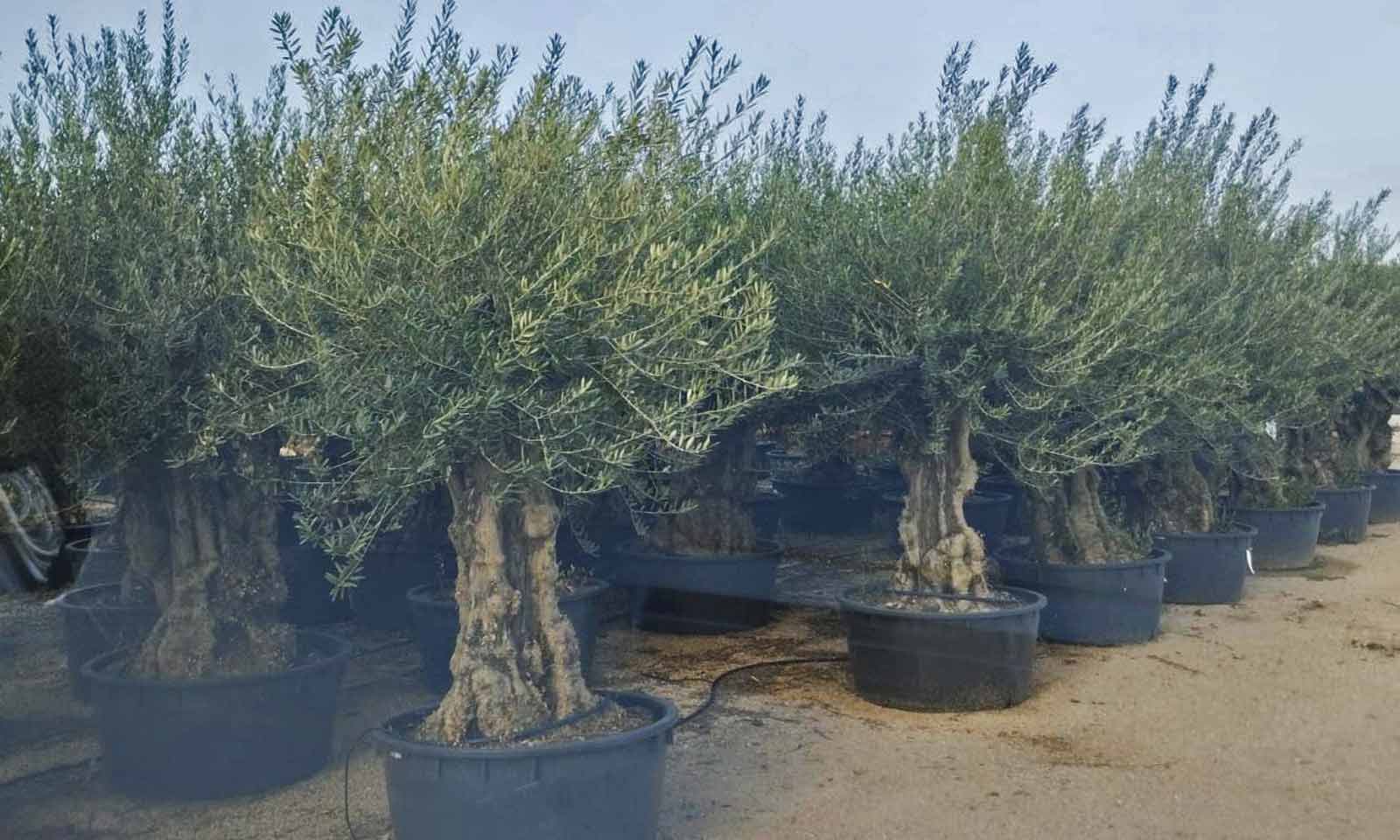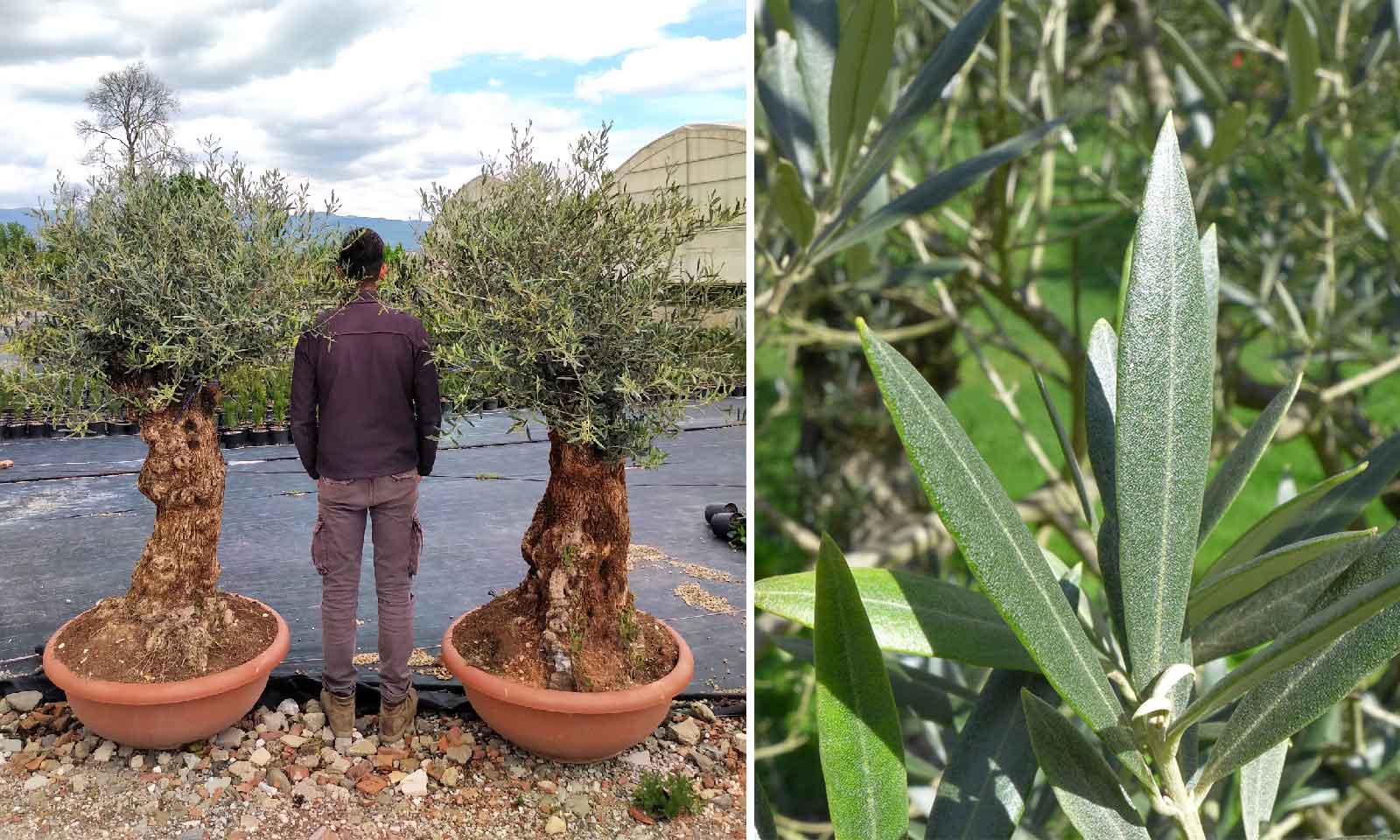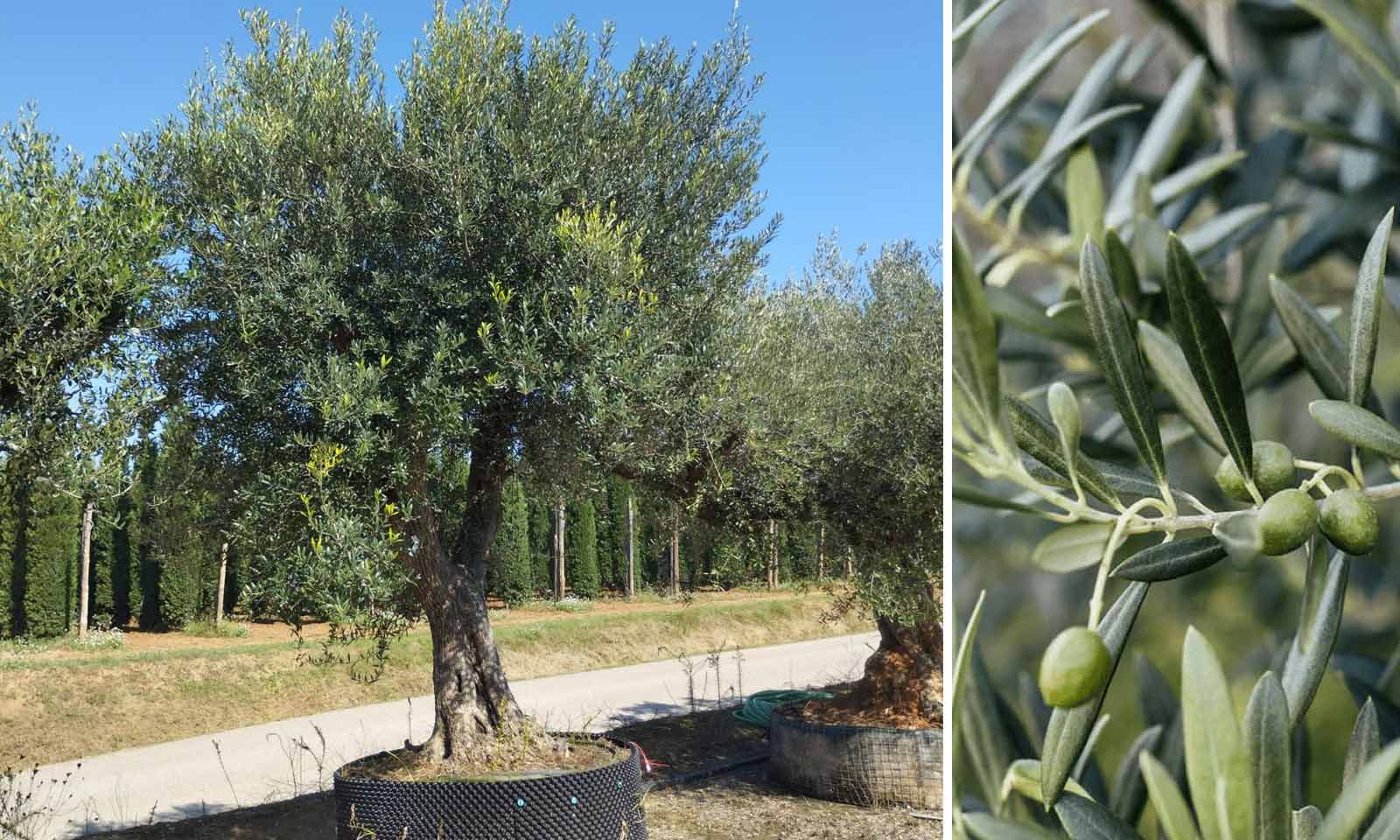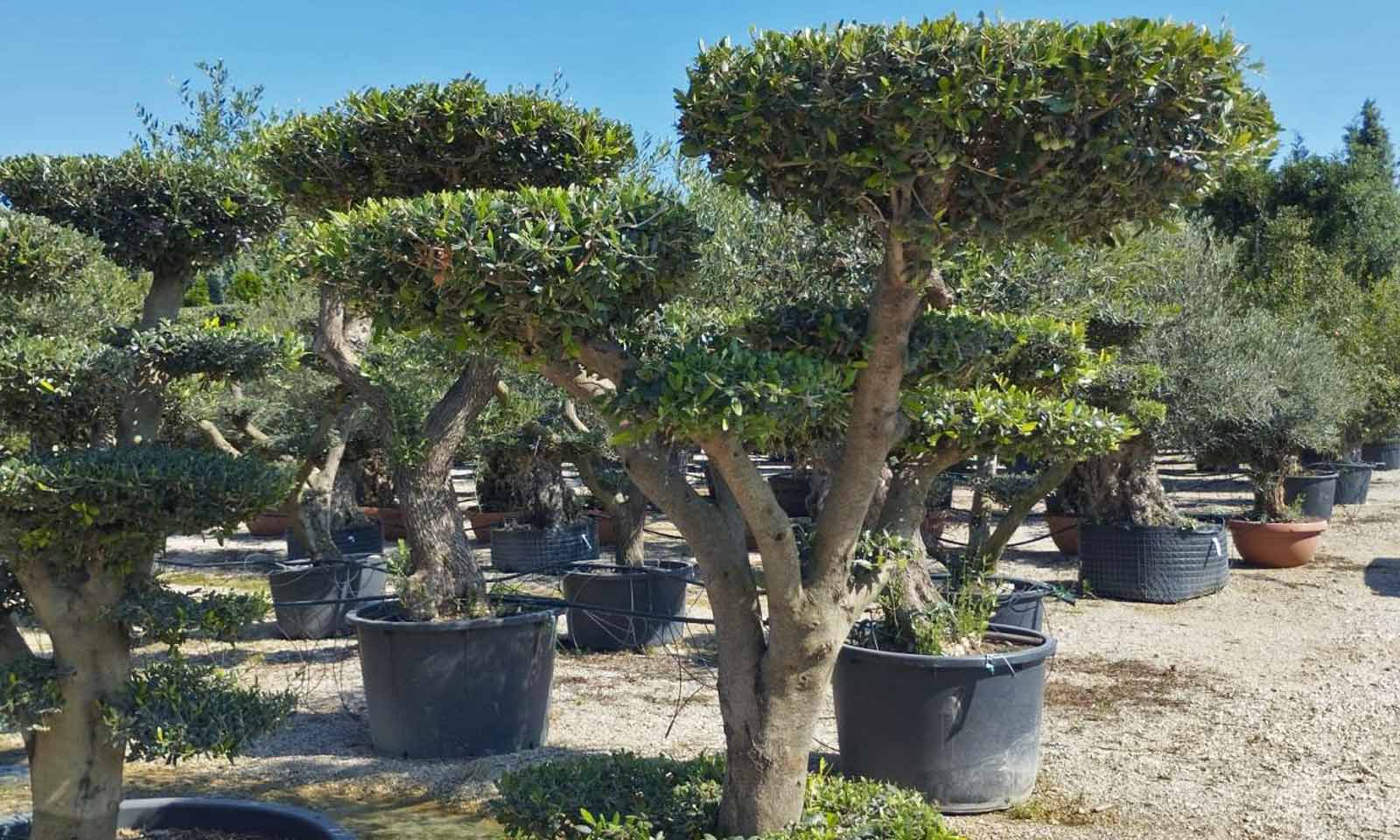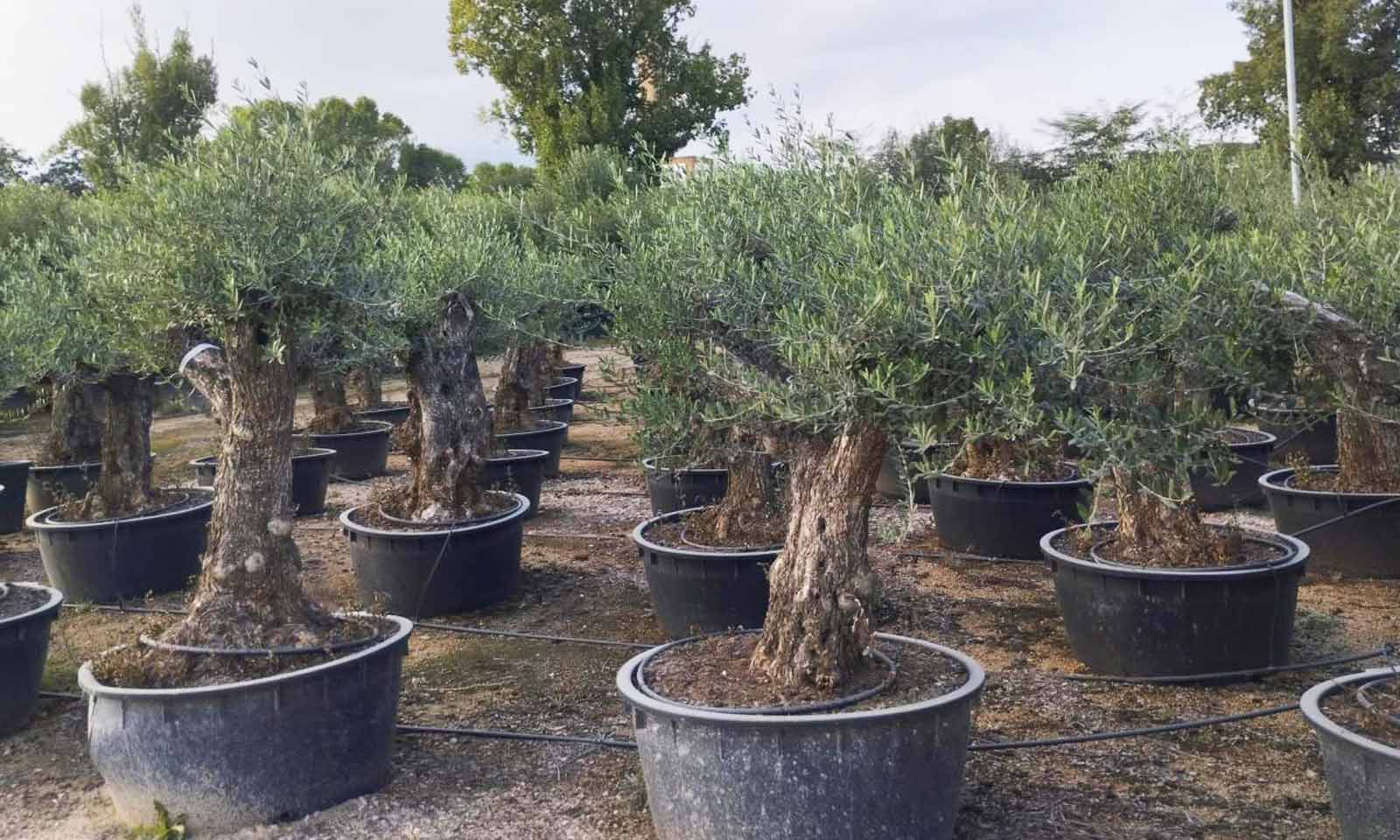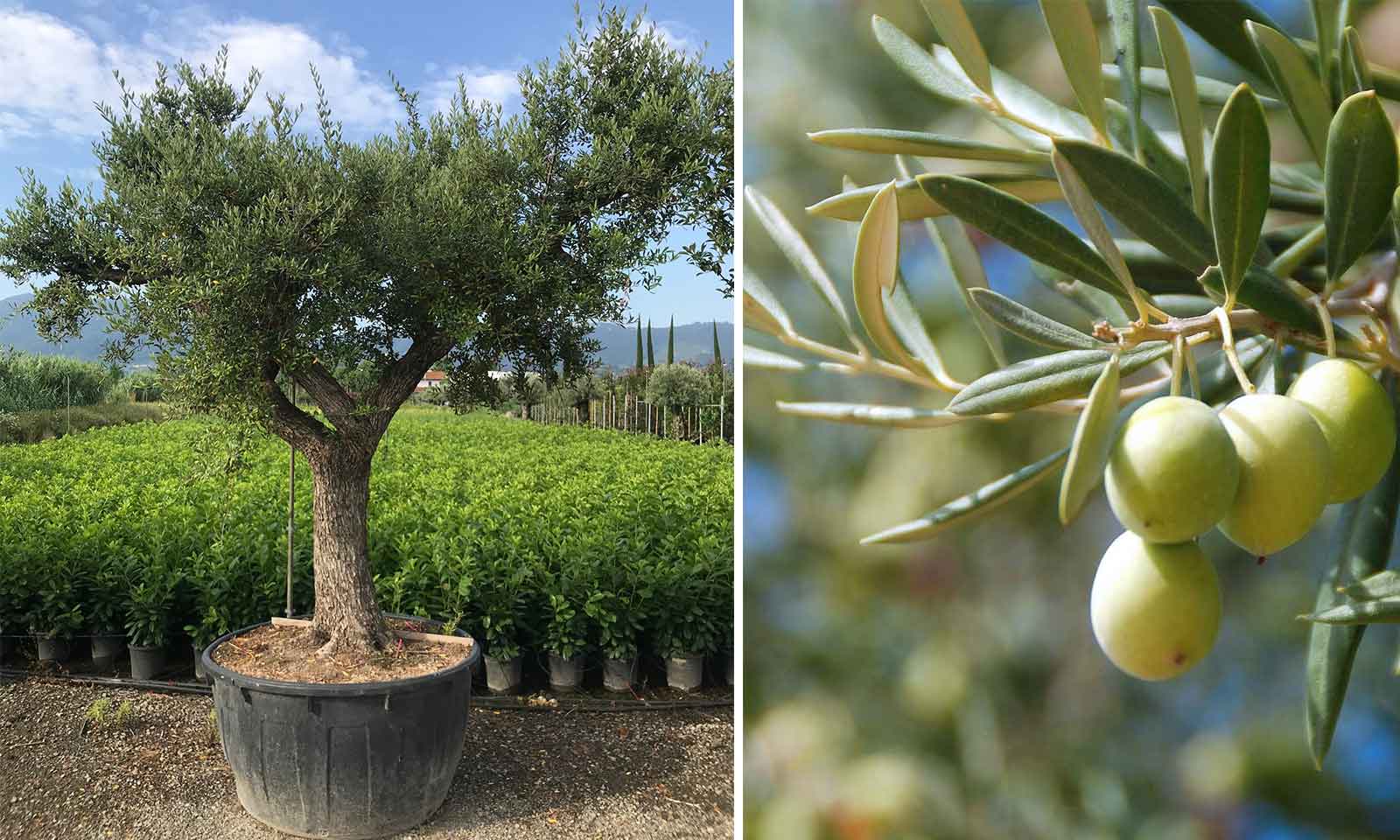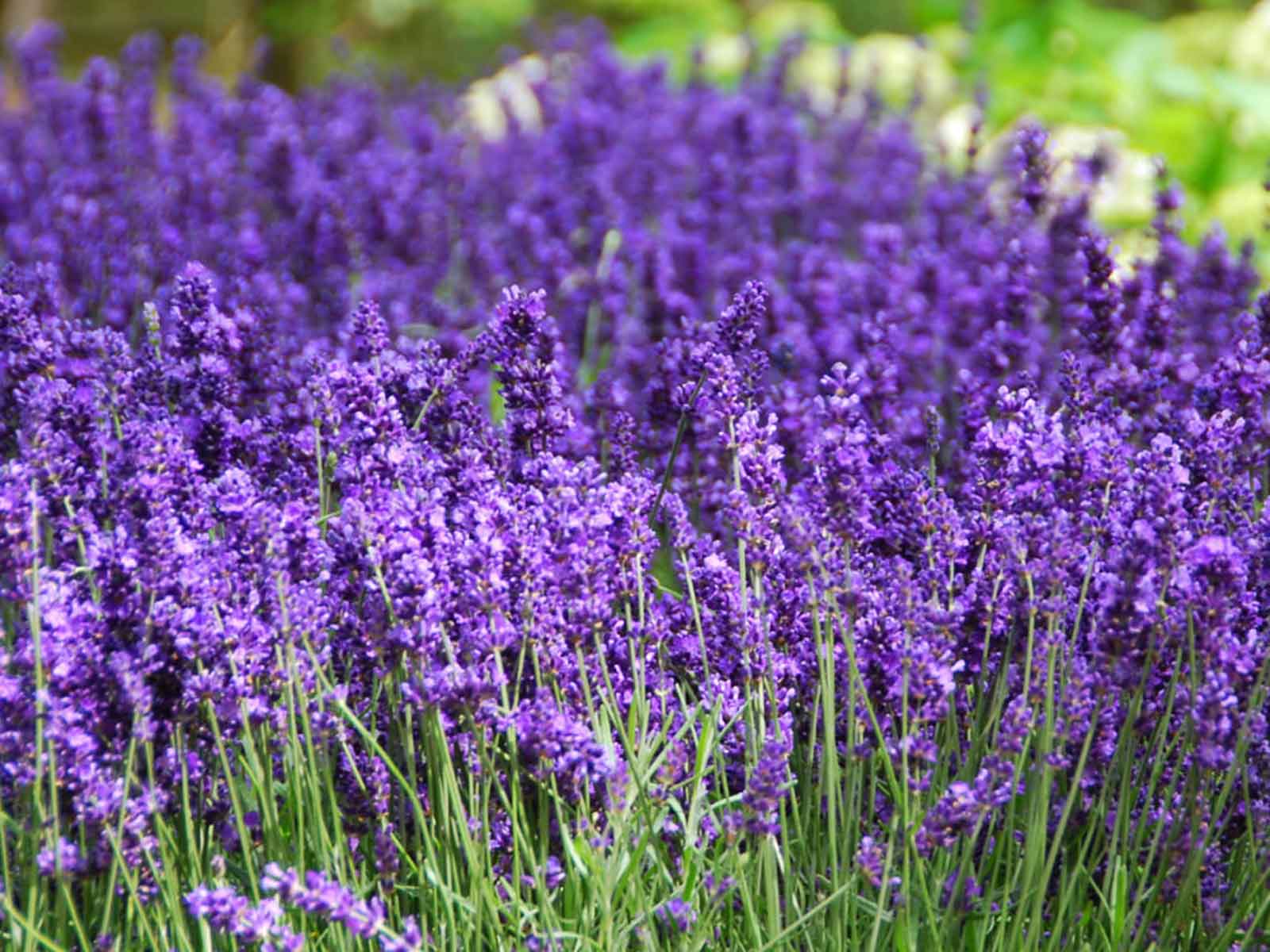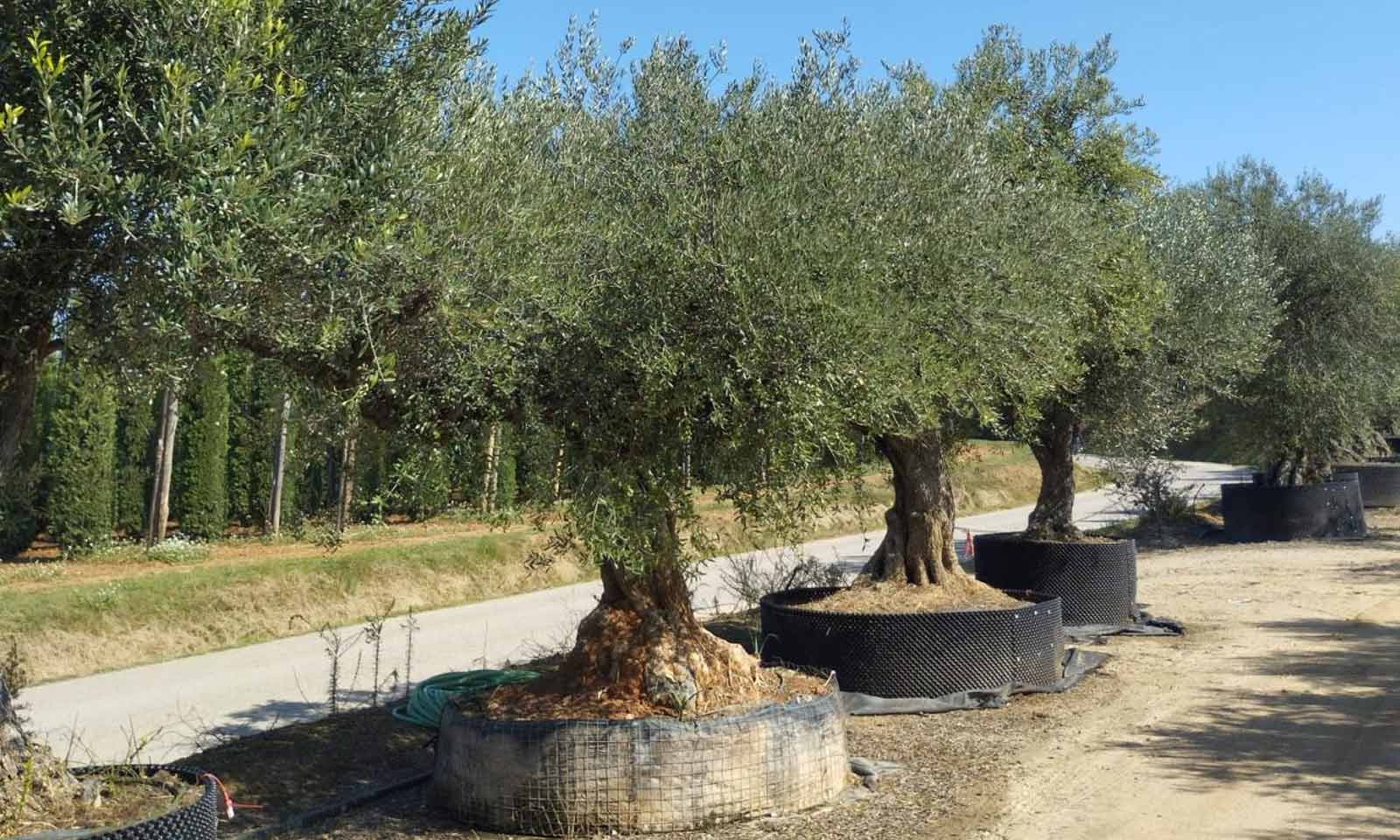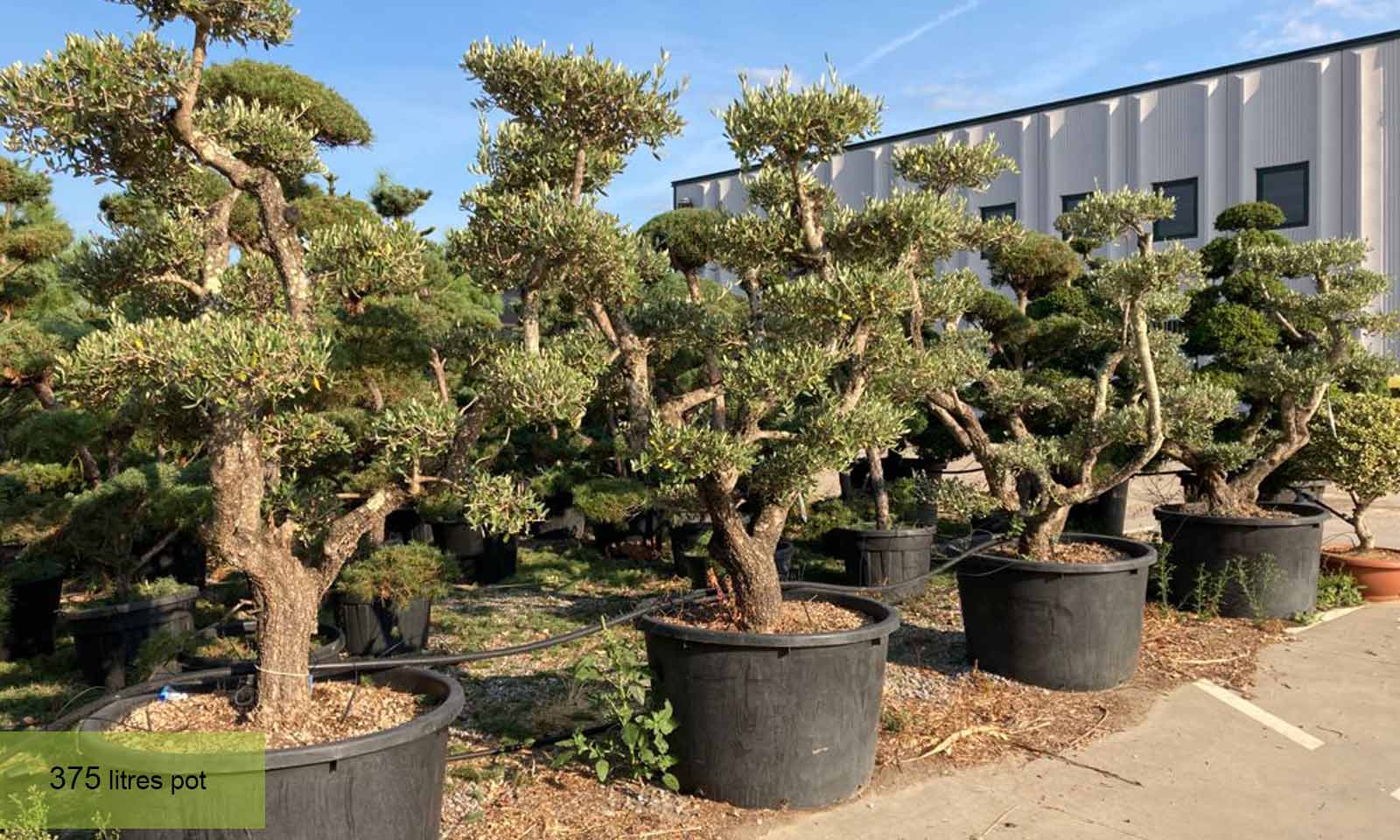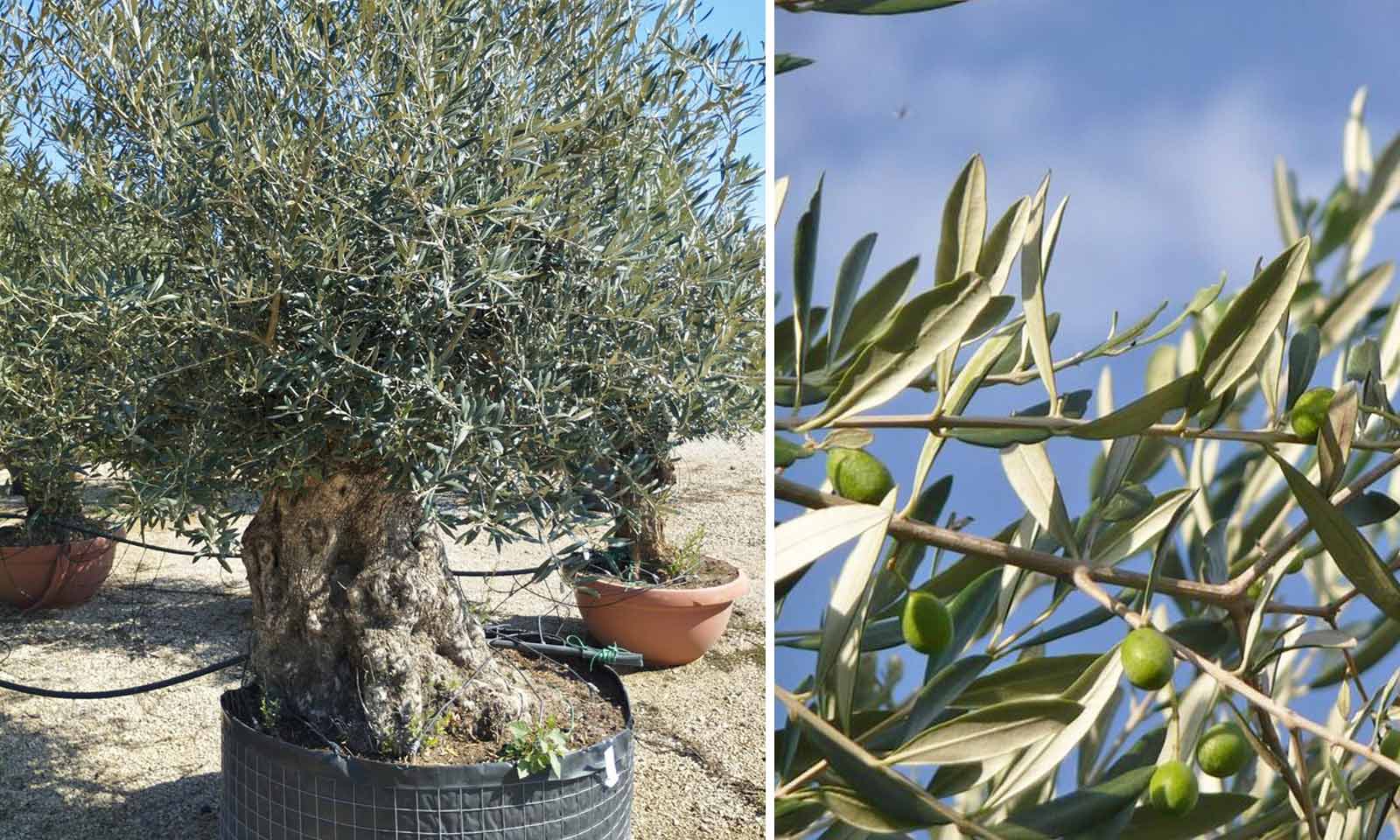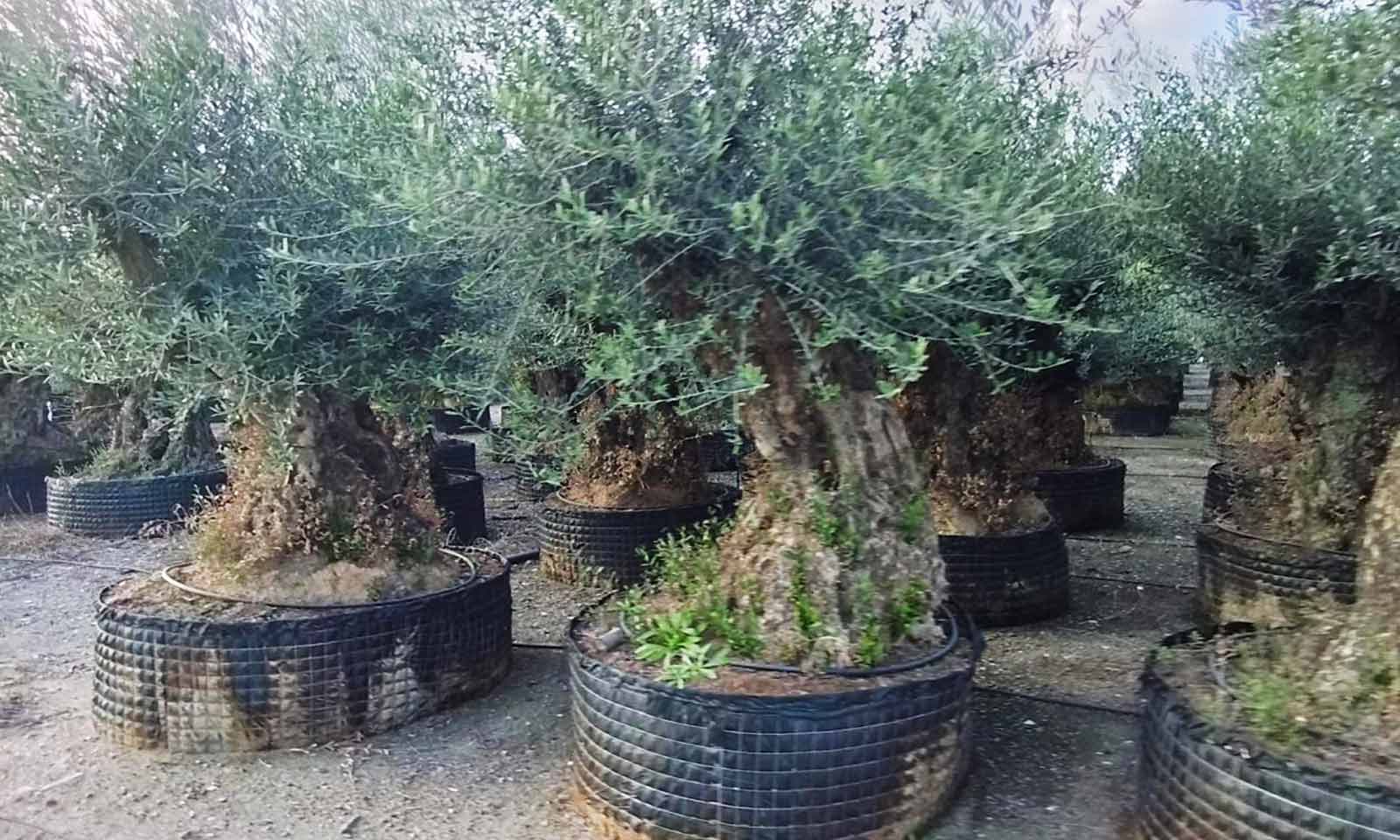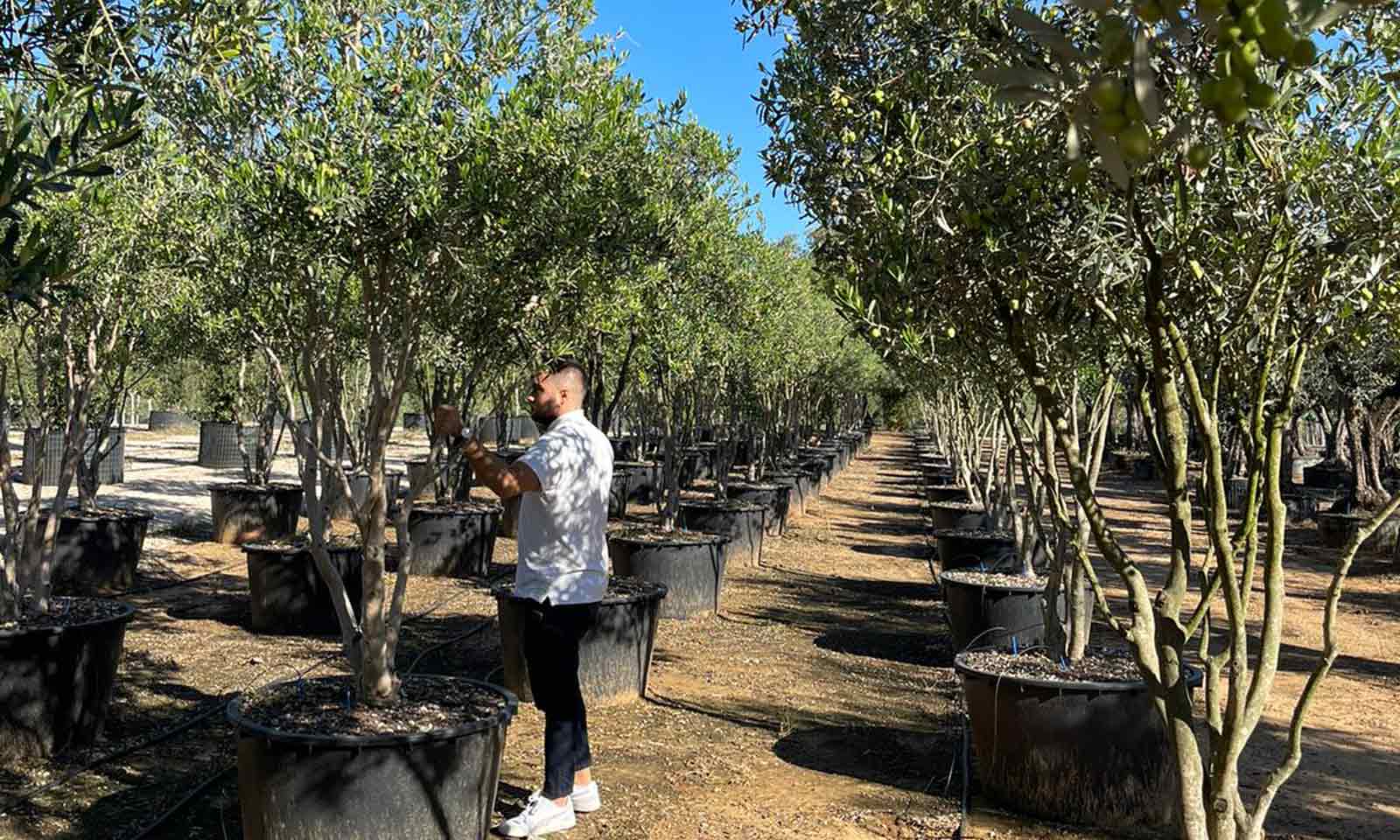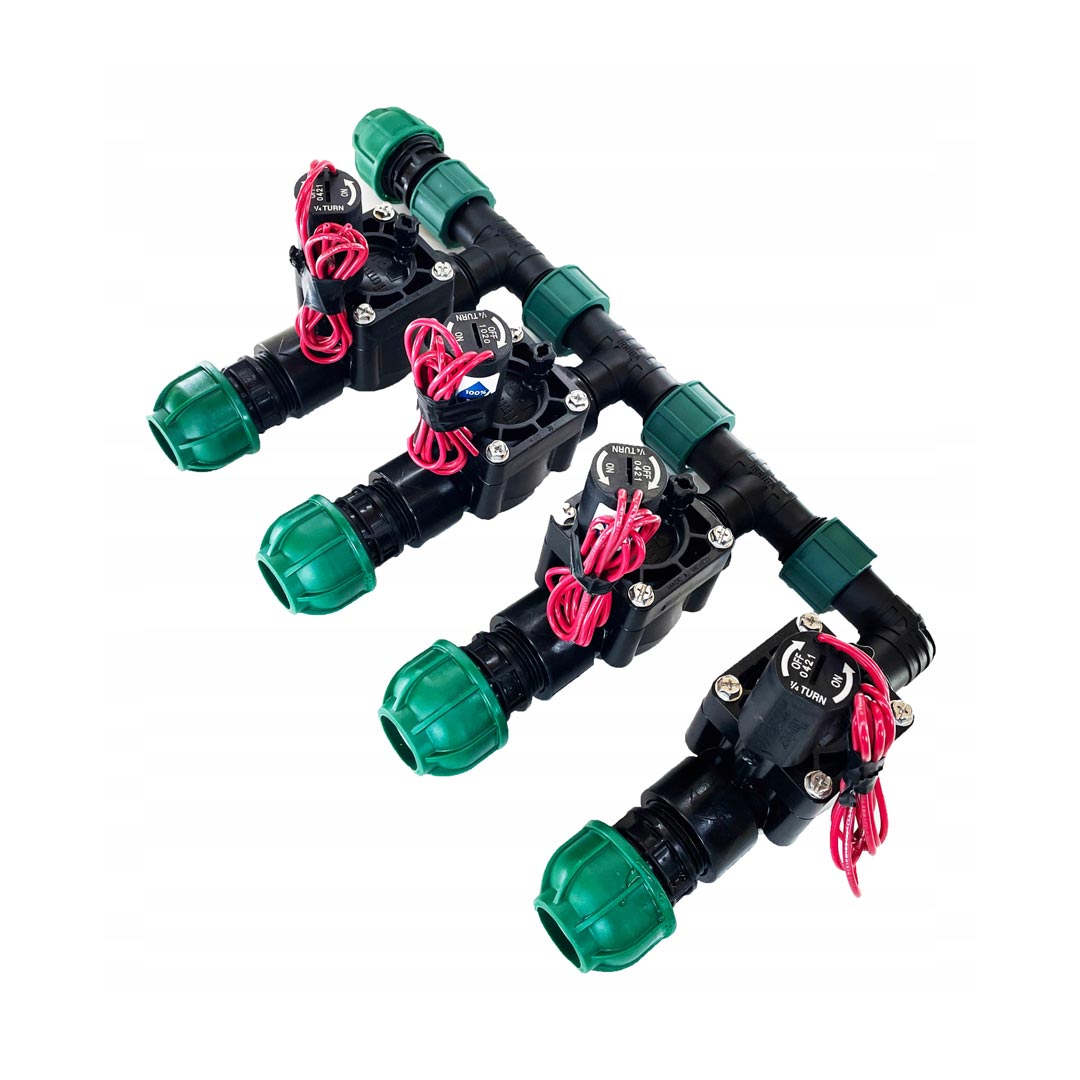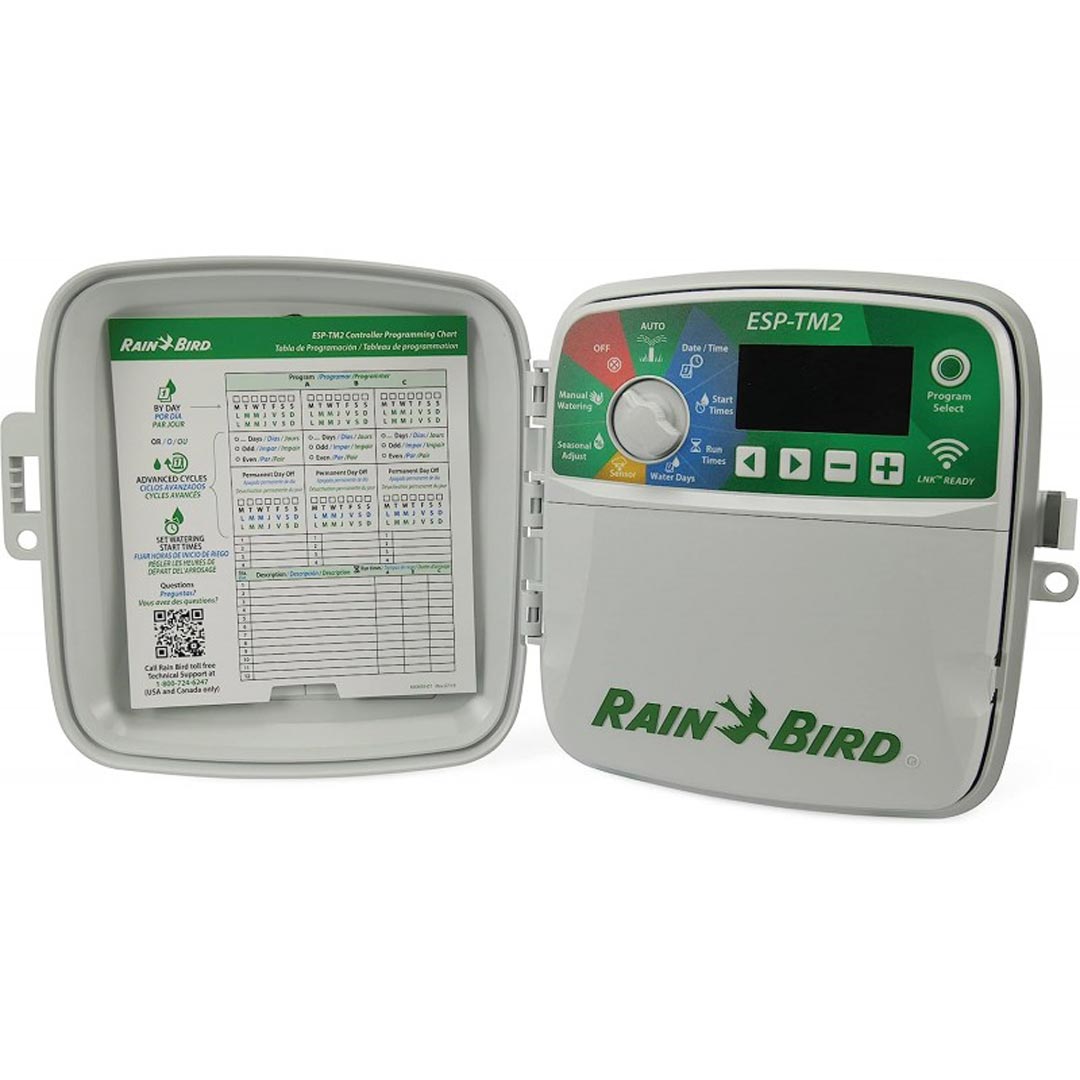Rain Bird ESP-TM2 Irrigation Controller
simple, flexible and reliable for residential applications, satisfying a wide range of land applications. It also has advanced irrigation features that ensure compliance with any type of local watering restrictions
the perfect choice for basic residential solutions. Designed according to the famous The Intelligent Use of Water® approach by Rain Bird, this controller offers water-saving features and easy operation
with the flexibility of 3 programs and 4 start times available per program, you can customize irrigation schedules to suit your terrain
offers the familiar Extra Simple Programming interface in a programmer built to last!
has been specially designed as an easy-to-use programmer with ESP's familiar user interface, large LCD screen, and universal icons on both sides of the programmer as well as on the LCD screen
is a hybrid type device that combines electromechanical and microelectronic circuits - it operates at full capacity both automatically and manually
The programmer is housed in a waterproof plastic cabinet that can be mounted on the wall with a lockable door (padlock not included). The controller has three independent programs that offer four different start times per program. Firmware programming can set multiple start times sequentially to prevent hydraulic overload. All programs must be run consecutively.
Watering day programs are as follows: custom weekdays, odd or even calendar days, and cyclic (e.g., every 2 days, every 3 days, etc.). When the selector is in the WATERING DAYS position, the display indicates the type of active schedule (Odd, Even, or Cyclic) for the selected program. Station watering times vary from 1 minute to 6 hours.
The programmer is equipped with a clock in 12-hour AM/PM and/or 24-hour mode with day change at midnight.
The controller has a 365-day calendar stored for resetting in the event of a power outage thanks to an internal lithium battery that can store the date and time for 10 years. The controller offers manual watering options for all stations, a single station or a single program. When manual watering is enabled, the unit ignores the status of a rain sensor (if connected) and re-enables the sensor when manual watering is complete. The controller can override a rain sensor (if connected) for each station individually.
The controller has a seasonal adjustment feature to adjust watering times from 5% to 200% in 5% increments. Seasonal adjustment can be applied to all programs simultaneously or to individual programs. The controller shall be equipped with a watering delay feature that can override and suspend scheduled watering for up to 14 days. The controller has a Permanent Excluded Days feature available for odd, even, or cyclic day schedules. A day set as "permanently excluded" overrides normal repeat programming.
The programmer is equipped with a number of advanced functions that can be accessed by moving the selector switch to the appropriate position and holding down the left and right (or back and forth) arrow keys simultaneously for 3 seconds.
Features ESP-TM2 Irrigation Controller:
ModelTM2-12-230V / ESP-TM2 12 Zone Controller
Quick installation
For wall mounting, the ESP-TM2 controller requires only two screws.
For professional installation, it features a 13 mm (½") or 19 mm (¾") raceway guide for inserting field cables into the unit. A factory-installed 6' (1.8 m) wiring harness provides a ready-to-connect solution.
- Suitable for indoor and outdoor installation
- Factory installed power cord compatible with outdoor applications
Easy to program
To program, you just need three quick steps
3 programs available (A, B, C) with up to 4 start times for each program
Simplified one-touch manual watering
NEW large backlit LCD display for enhanced visibility in low-light conditions or direct sunlight environments
WiFi connectivity
By simply connecting the Rain Bird LNK WiFi (purchased separately - code RNB F55005), users can access the irrigation system, operate and manage it wherever they are.
Weather data from the Internet is used to adjust daily watering schedules, providing water savings of up to 30%.
For support and assistance with the LNK WiFi module and mobile app Rain Bird, visit http://wifi-pro.rainbird.com/support/
Advanced functions
Contractor Default™ makes it easy to save and restore custom programs
Irrigation delay up to 14 days; automatic resetting of irrigation at the end of the set delay time
Rain sensor override for any station allows you to customize the stations that need to respond to a rain sensor
Permanent excluded days per program to ensure that irrigation is never turned on on days when maintenance operations are scheduled (for programs on odd/even/cyclic days)
Seasonal program control makes it easy to reduce and increase watering by program
The programmer offers the ability to clear all programs and restore factory pr
